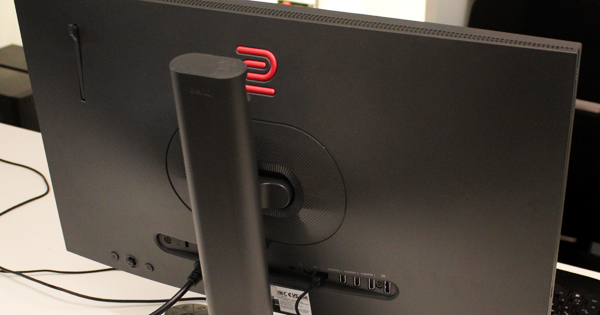
Folgend nun einige Aussagen diverser Developer über das Shader Modell dritter Generation, welches aktuell in GeForce 6800 Ultra Platinen zum Einsatz kommt.
"PS 3.0 supports dynamic conditionals and much larger Shader programs, so it becomes possible to render in a single pass what would previously take many passes. For example, a renderer can more practically combine multiple light sources into a single pass, using a dynamic conditional to handle the properties of each individual light in a single pass.
Regarding the general question of "Why are conditionals needed in pixel Shader programs", I recommend comparing the situation to that of C programs. How many useful C programs don´t contain conditionals? Approximately none!" (Tim Sweeney, Founder, EPIC Games)
"In PS3.0 shaders it´s possible to decrease number of shaders using dynamic branching (one Shader for general lighting) and in such way decrease number of Shader switches and as result increase speed, and also we can utilize dynamic conditional early reject for some cases in both PS and VS and this also will increase speed." (Andrey Khonich, Crytek, Makers of Far Cry)
"It is more about freedom and removing limits rather than what can or can´t be done. Pixel Shader 2.0 would be more like programming in C with only half of the commands available and with half of the RAM available. Pixel Shader 3.0 offers the ´programmers´ a lot more flexibility in terms of control of the logic of execution and length of the program itself. The effects will be easier to write and probably will look more movie like. You may also be able to reduce the number of separate texture passes down as you can write more complex pixel shader programs to do the math necessary." (Rick Johnson, Senior Programmer, Raven Software)
"Any programmer will tell you that higher precision is better, all else being equal; if that high precision comes at an extreme cost then of course it will be used sparingly. As shaders get more complex, the precision requirements rise accordingly. Current games may not take advantage of the extra 8 bits of precision, but it´s likely that future games eventually will." (Mark Davis, Chief Scientist, Novalogic)
"With the GeForce 6800 series, NVIDIA brings long-awaited true high dynamic range imaging to gaming. The ability to perform blending and filtering on floating-point formats (combined with enormous processing power!) really makes for a wonderful feature that we´re definitely looking forward to fully exploit in our Serious Engine(tm)." (Dean Sekulic, Programmer, Croteam)
Die Displaytechnologie hat sich rasant weiterentwickelt, und Bildwiederholraten, die einst als übertrieben gelten, gehören heute zum Standard. Panels mit 240...
Moderne Haussicherheit entsteht nicht mehr allein durch Kameras und Sensoren. Heutzutage erkennt intelligente Software mögliche Risiken, ordnet diese ein und...
Dell Technologies hat auf der CES 2026 eine ganze Reihe an Innovationen der Marke Alienware vorgestellt. Neben blendfreiem OLED und...
Intel hat heute auf der CES die Intel Core Ultra Series 3 Prozessoren vorgestellt, die erste KI-PC-Plattform, die auf der...
Auf der Consumer Electronics Show (CES 2026) hat SanDisk heute SANDISK Optimus als neue Produktmarke für sein renommiertes internes SSD-Lineup...

Mit dem ZOWIE XL2586X+ hat BenQ einen extravaganten Gaming-Monitor im Portfolio. Der 24,1 Zoll große Monitor verfügt über ein 600 Hz schnelles TN-Panel und spricht damit vor allem E-Sport-Profis an.

Mit der iCHILL Frostbite bietet INNO3D eine GeForce RTX 5090 Grafikkarte mit Wasserkühlblock von Alphacool an. Wir hatten die Gelegenheit diesen extravaganten Boliden im Testlab auf Herz und Nieren zu prüfen.